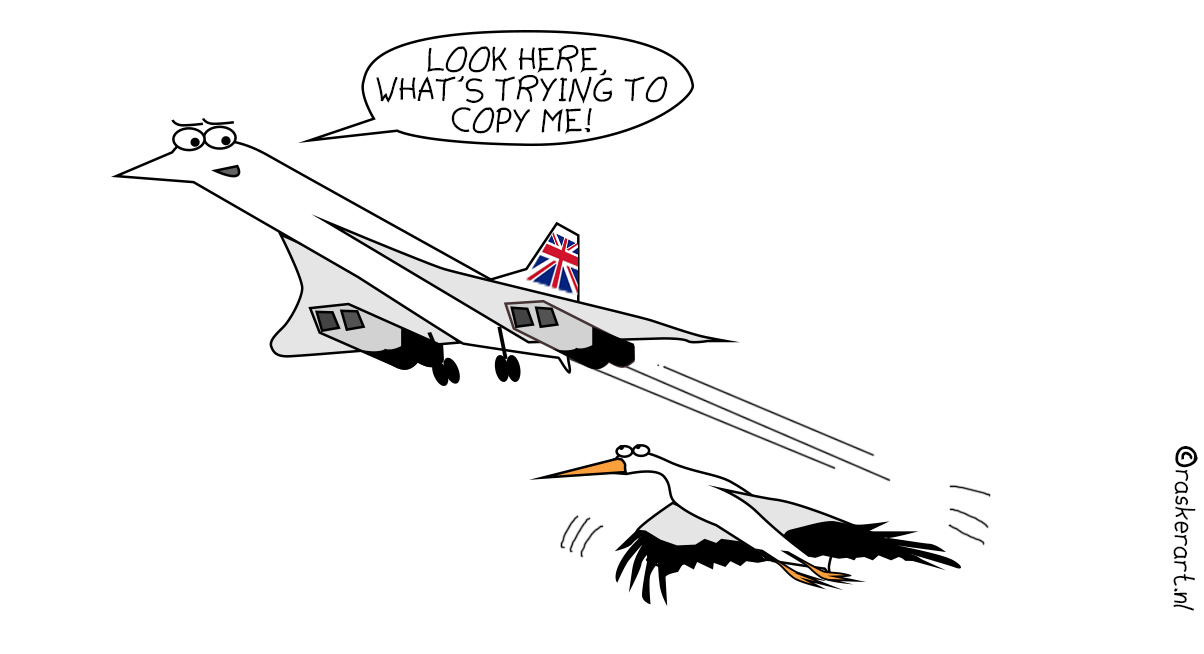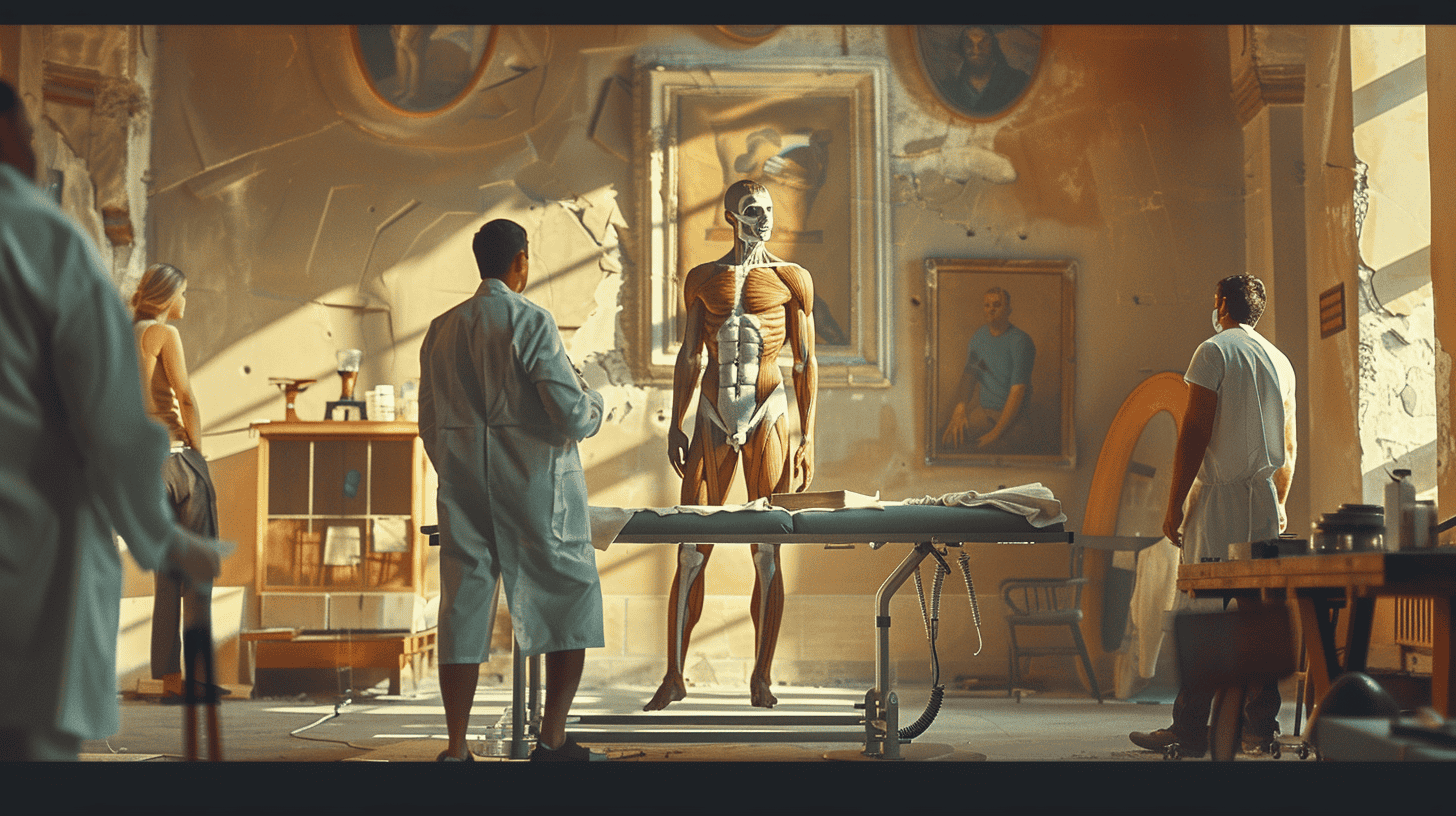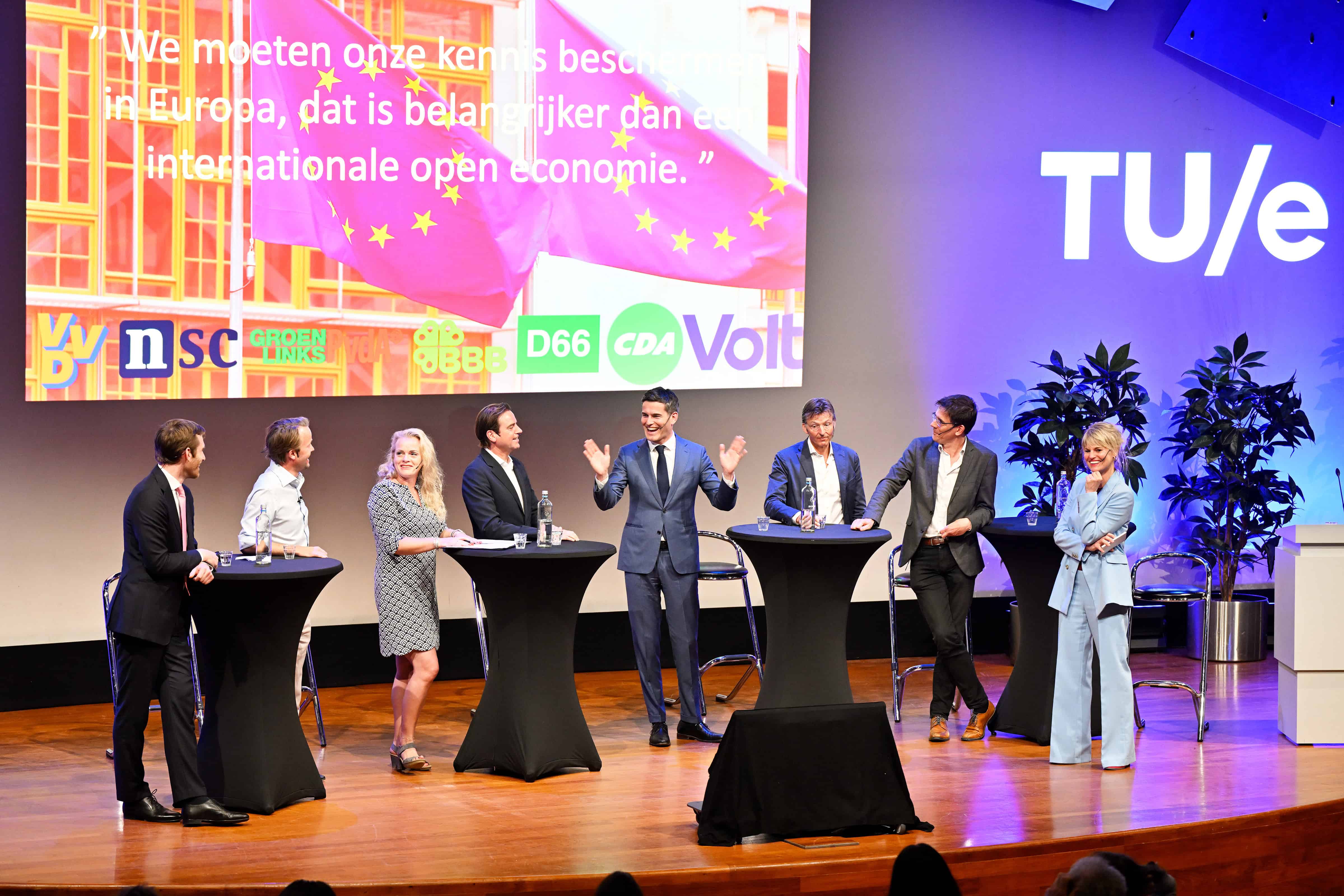
According to researchers at the German Max Planck Institute who carried out the study on this subject, more research is needed into whether animals can predict earthquakes. For this follow-up research, the scientists want to make use of the global observation system Icarus on the ISS space station.
In any event, predicting earthquakes is a difficult job, as Johan van Leeuwen knows all too well. He is a professor at the Dutch University of Wageningen, where he is working on bio-inspired design. “Seismologists and all sorts of other scientists have been trying for years to develop a model, without any success. I’m afraid that this study will not contribute to this very much. This research has been conducted by behavioral scientists. Using statistical methods, they are trying to find out whether animal behavior may be indicative of earthquakes. If you look at the raw data in the study, they do see a trend, but at the same time, the range is very large. There may be a false positive in there.”

The research seems to be missing one key factor, because, according to Van Leeuwen, it would only become really interesting if we knew how animals can feel an earthquake coming on. “Suppose that there is already a connection between behavior and earthquakes, then we still don’t know how the mechanism behind that actually works. How do animals pick up on this? Are they more sensitive to vibrations? Could it be the smells that are released by the shifting of the earth’s crust? Or do they detect shifts in the Earth’s magnetic field? Pigeons pick up on this, this enables them to always find their way home. But I don’t know of any physical way of sensing upcoming earthquakes. Therefore, in order to find out what is causing this restless behavior in animals, you have to explore all of these possibilities.”
Early days of aviation
Gaining a thorough understanding of natural mechanisms is one of the areas covered by the research group that Van Leeuwen belongs to. Here, scientists are attempting to translate knowledge gained from nature into new technology. Compare it with the early days of aviation, when birds’ wings served as a source of inspiration. “You want to know how things work in nature. What is its function? And how does an animal make that happen? Call it reverse engineering. Nature is incredibly complex and has taken a very long time to develop. Often our technology is still too limited for us to accurately recreate these ingenious systems,” Van Leeuwen explains.
In conjunction with the Delft University of Technology, for instance, Wageningen biologists developed surgical needles modeled on the ovipositor of parasitic wasps. Using this long thin needle the wasp lays eggs in larvae that live in wood or fruit. The ovipositor consists of three exoskeletal elements and is able to move in a forward direction. “Together with engineers, we have translated this insight into a flexible medical needle. This allows you to reach places in the body with this needle that are otherwise difficult to reach. Consider brain surgeries, then you will want a pathway that does the least damage. Or in the spinal cord, you wouldn’t want a needle like that to touch any nerves.”

parasitic wasp
But this medical application is still not as ingenious as nature herself has devised it. Van Leeuwen: “Ichneumon wasps have a complex musculature that steers the needle. It’s a brilliant system no bigger than a single hair. It’s actually a really great little trick: the needle moves forward thanks to the interlocking elements that cleverly push and pull it. We’ve managed to recreate that, but the needle of such a creature can actually do a great deal more. It is very ingeniously constructed, the exoskeletons of the needle can subtly change its properties to achieve greater rigidity, for one thing. This happens at the cellular level, current science is not able to mimic these ever-changing material properties – yet.”
Programming cells
At the moment, the medical needle is still undergoing further research and testing. Yet it will probably take some time before it has the same properties as a wasp. “Since we are unable to 3D print or cultivate the biochemical material that can change its shape, we should theoretically be able to program the cell. That way, you can have the cell produce any material property that you desire. That’s still fa long way off in the future. But you do see various disciplines coming together in this area of expertise that are already working on this.”
“Eventually, we should be able to regenerate organs from a single stem cell. This means that you no longer have to deal with a donor organ that rejects the body. It will still be a while before that happens. Growing an organ is one thing, but how do you keep something like that alive? In this case, too, we will first have to unravel the underlying mechanisms.”
Artificial skin
Danquin Liu feels differently about that. Lui is working at Eindhoven University of Technology on an artificial skin that can secrete and absorb liquids. Handy in the healthcare sector for administering set medication doses and absorbing wound fluid. But also ideal for cooling robots (just like sweat does for us humans) or for lubricating machines (through the release of lubricant). Lui: ” We looked at the effect of the skin on humans and animals for this coating. But this mechanism is far too complex to be able to copy one-on-one. Nobody has the full picture. We know we sweat to regulate our temperature, but there’s a lot more to it that we don’t know about.”
According to Liu, this does not pose a problem given that she only draws her inspiration from nature: “Actually, nature is full of dynamic living technology that is centuries old, we’re not capable of understanding all of that. In our research, we use nature as an example and try to improve something. Take a raspberry, for instance, it always has a water-repellent structure. We could then develop a structure that you can control, that’s how you can add something to things.”
Goosebumps principle
Even if Liu isn’t precisely sure how a mechanism in the skin works, the principle can still be useful, she explains. “When you’re cold, your skin contracts and you get goosebumps. Those contractions cause your skin – which is normally smooth – to suddenly show a relief effect. We can apply this principle in our coating so that a robotic arm has more grip. Or to clean solar panels in the desert within seconds after a sandstorm.”
Lui is also working on the development of a screen for blind people, also based on the goosebump principle. For instance, the idea is that the screen will contract when touched and that way ‘display’ a text in Braille. Lui thinks this project will take about five years. “It’s not down to the technique or the material, but this kind of haptic feedback has to do with human perception, which makes it more complex. We are working with a Swedish university to achieve this.”








